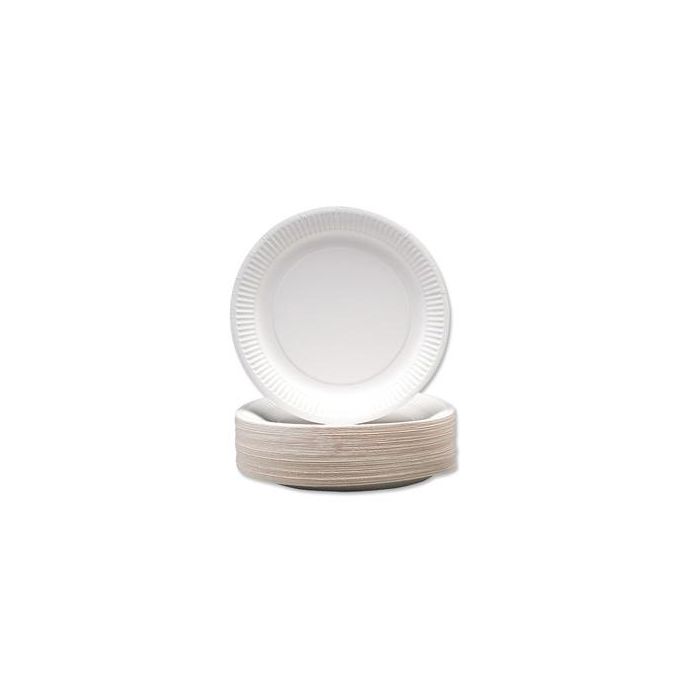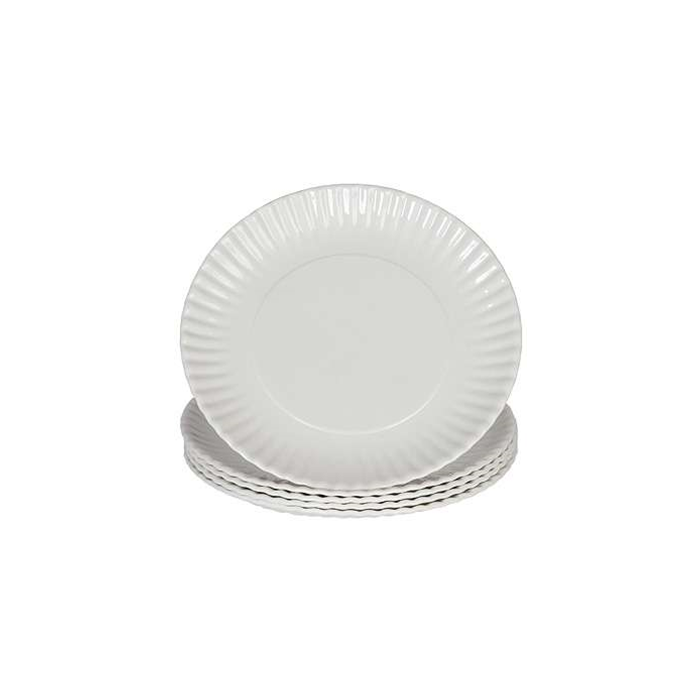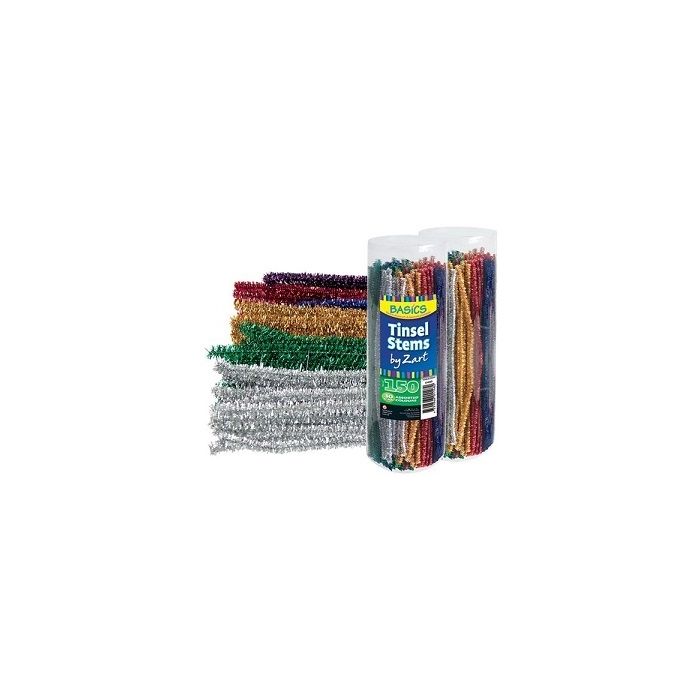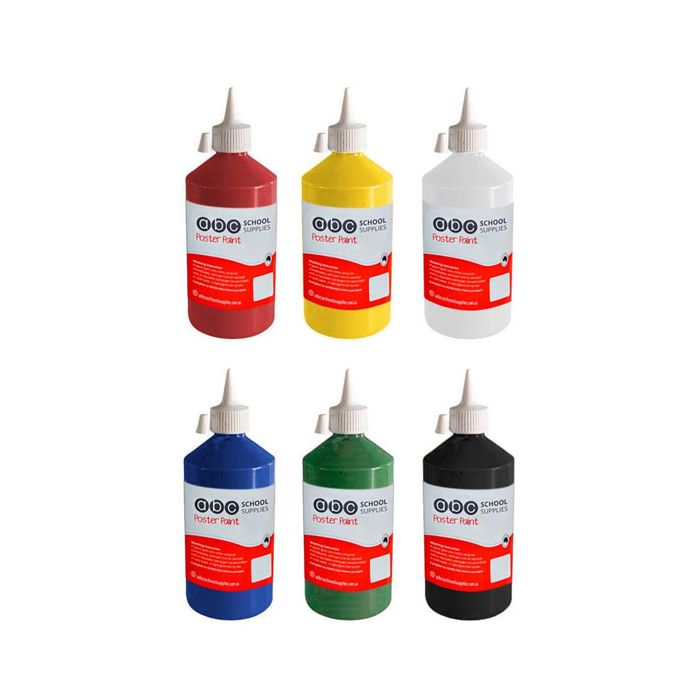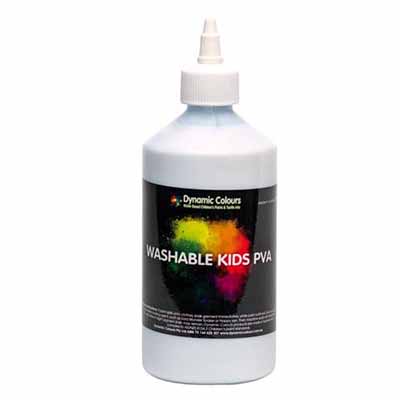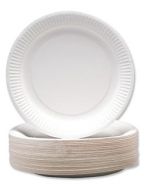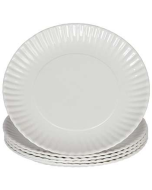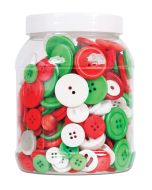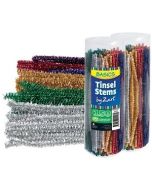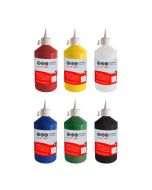Paper Plate Christmas Tree Craft For Kids

Who knew paper plates could be so versatile! Get creative with this Christmas Tree Craft Activity to show them how to turn a paper plate into a sparkly work of art.
Here’s how to make it:
- Take one of each of the two sizes of plates. Fold them in half both ways so you make quarters.
- Cut down the lines so you end up with 4 quarters of each plate.
- Take two quarters from the large plate and one quarter of the small plate top construct your tree (the small quarter goes at the top).
- Paint each section the colours you like. We’ve chosen green poster paint, but we’ve made some variations of the green by adding some yellow and/or white for some different colours. Paint with strokes, or dab for a leafy looking result.
- Once the paint is dry use glue to attached the 3 pieces, overlapping the layers so you have a three layer Christmas tree.
- Now to decorate! We’ve made some suggestions here of some craft items you can use, but let your imagination run wild. Glue your accessories on and voila!
Supplies needed for this Christmas Craft for Kids:
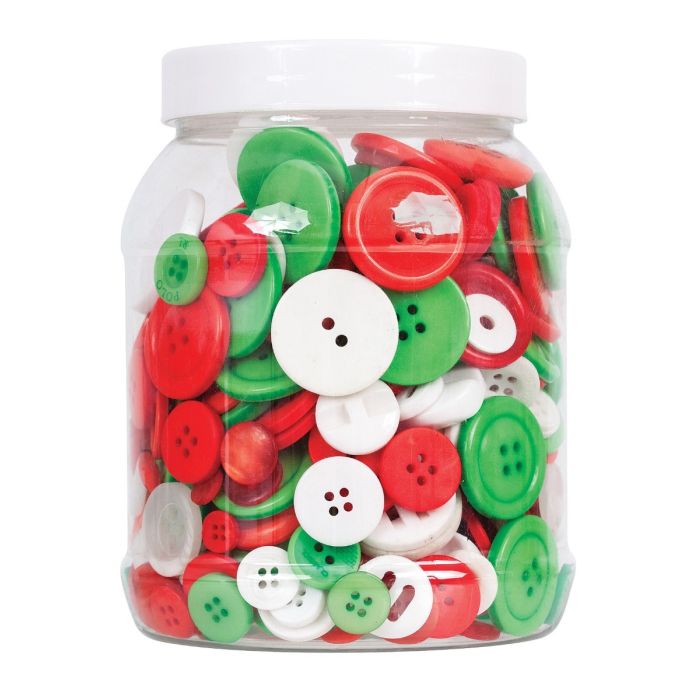

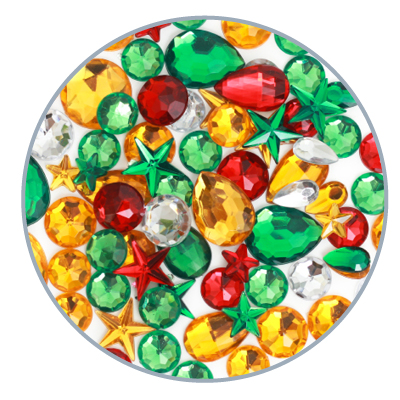

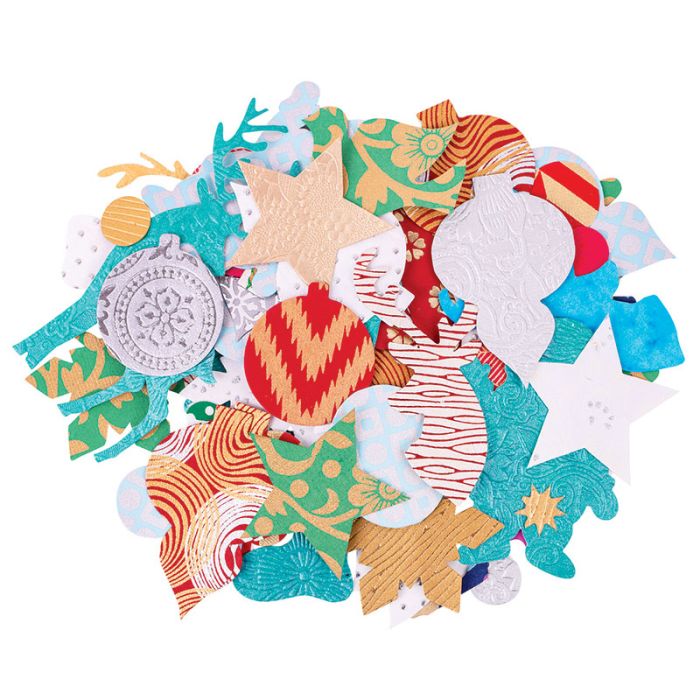

Supporting Learning Outcomes Through Creative Play
Engaging in craft activities, such as making a paper plate Christmas tree, aligns closely with the principles of the Early Years Learning Framework (EYLF), fostering key developmental milestones while promoting creativity and self-expression. The EYLF highlights the importance of play-based learning to encourage exploration, problem-solving, and a sense of agency in young children.
Outcome 1: Children Have a Strong Sense of Identity
Creating a paper plate Christmas tree provides children with an opportunity to express their individuality. As they choose colors, decorations, and patterns, they develop confidence in their own abilities and preferences. This process also encourages a sense of pride in their creations, reinforcing a positive self-identity.
Outcome 2: Children Are Connected With and Contribute to Their World
Holiday crafts like this tree-making activity encourage children to engage with cultural and community traditions. By discussing the significance of Christmas or other festive symbols, educators and families can help children connect with their cultural heritage and explore how holidays are celebrated in diverse ways. These conversations foster a deeper understanding of their community and the broader world.
Outcome 4: Children Are Confident and Involved Learners
The hands-on nature of this activity supports problem-solving and experimentation. Whether they’re folding the plate, gluing decorations, or figuring out how to make a star topper, children are practicing fine motor skills and exploring cause-and-effect relationships. By trying new techniques and persevering through challenges, they build confidence and resilience as learners.
Outcome 5: Children Are Effective Communicators
Art and craft activities provide a platform for children to communicate their ideas visually. They might explain their design choices or share stories about their decorations, further developing their language skills. Sharing their completed trees with peers or family members opens up opportunities for collaborative dialogue and storytelling.
Practical Tips for EYLF Integration
To maximize the learning potential of this activity, consider incorporating questions and prompts that align with the framework’s goals:
- Encourage children to talk about their design choices: “Why did you pick that color for the star?”
- Explore cultural traditions by discussing how Christmas is celebrated around the world.
- Reflect on the process together, highlighting their effort and creativity: “I noticed you worked really hard to get the glitter to stick. How did you figure it out?”
- By linking craft activities to the EYLF, educators and families can transform simple holiday fun into meaningful learning experiences that nurture children’s growth across multiple domains.



